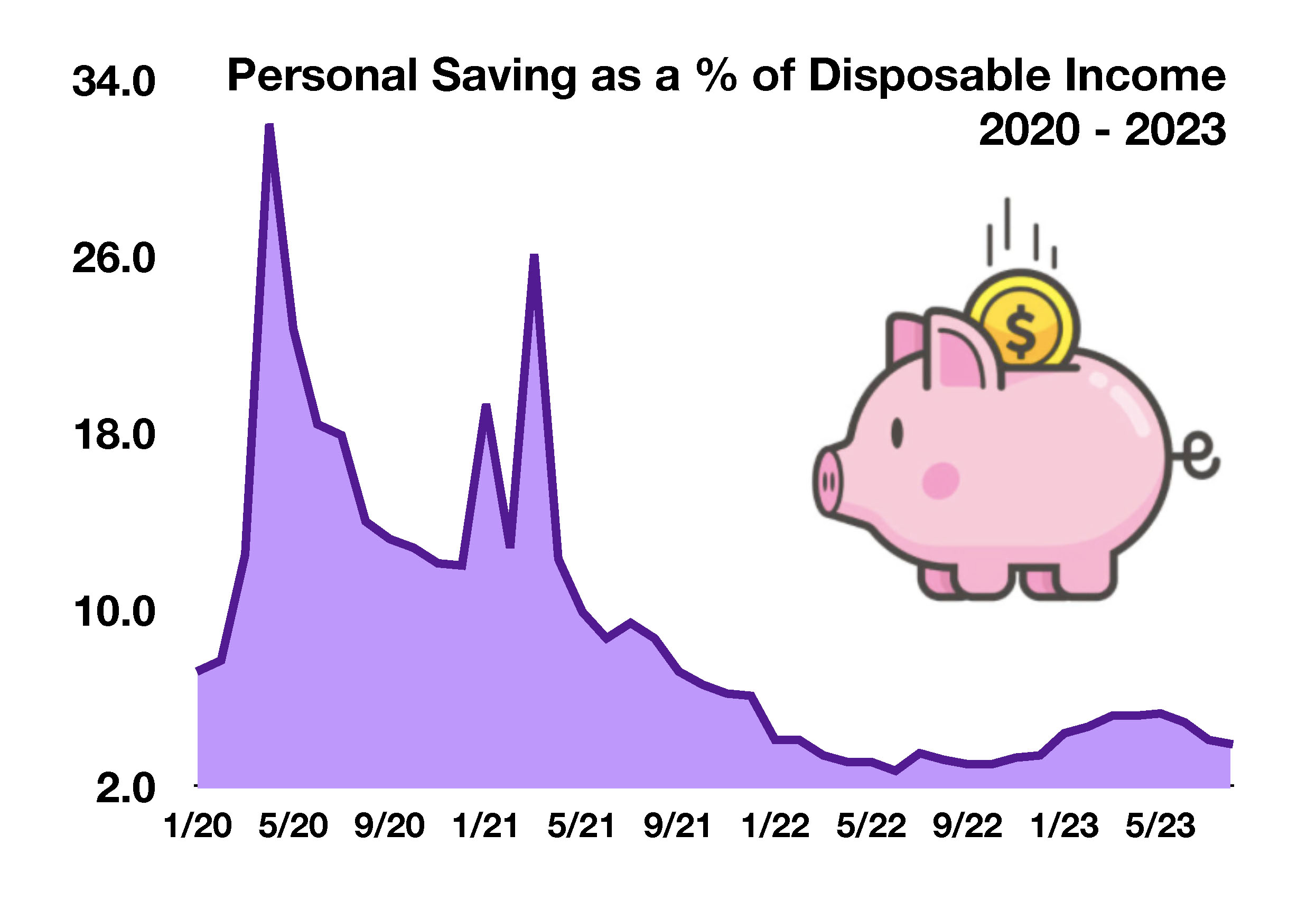
KCG Investment Advisory Services
Kimberly Good
315 Commercial Drive, Suite C1
Savannah, GA 31416
912.224.3069
Stock Indices:
| Dow Jones | 40,669 |
| S&P 500 | 5,569 |
| Nasdaq | 17,446 |
Bond Sector Yields:
| 2 Yr Treasury | 3.60% |
| 10 Yr Treasury | 4.17% |
| 10 Yr Municipal | 3.36% |
| High Yield | 7.69% |
YTD Market Returns:
| Dow Jones | -4.41% |
| S&P 500 | -5.31% |
| Nasdaq | -9.65% |
| MSCI-EAFE | 12.00% |
| MSCI-Europe | 15.70% |
| MSCI-Pacific | 5.80% |
| MSCI-Emg Mkt | 4.40% |
| US Agg Bond | 3.18% |
| US Corp Bond | 2.27% |
| US Gov’t Bond | 3.13% |
Commodity Prices:
| Gold | 3,298 |
| Silver | 32.78 |
| Oil (WTI) | 58.22 |
Currencies:
| Dollar / Euro | 1.13 |
| Dollar / Pound | 1.34 |
| Yen / Dollar | 142.35 |
| Canadian /Dollar | 0.72 |
The easiest way to get rich quick in the market is with concentrated positions.
The best way to keep what you have is through diversification.
It is the beginning of the last quarter in 2023. To recap, 2022 was all about risk aversion and then many investors spent the first half of 2023 chasing the narrow leadership of the magnificent 7 rather than the broader market. Both extreme positions…and the market is really not that easy. Personally, I feel like the magnificent 7 has been reduced to 2 – Alphabet and Nvidia. And especially now, my preference remains a well-diversified portfolio of low-correlation assets. While diversification can reduce return, conserving assets means launching from a higher point next time the market rises.
One of KCG’s screening targets when selecting stocks or funds, is to identify holdings which capture more of the upside of market moves than downside.
As discussed last month, the broader market started performing nearer expectations in about the middle of June. As is historically true, August and September were rough months. We were hoping to breathe a sigh of relief in October, but now we are faced with an unprecedented Middle-East conflict that started over the weekend. While most sectors held moderate losses throughout the day, we are keeping an eye on commodities, energy, and the VIX (which measures volatility). By end-of-day, energy, gold and silver led the diversified S&P 500 up ~25 points and the Dow 30 up 169 points.
To summarize my thoughts…
1. The law of supply and demand remains reliable. Shortages in energy will push the prices up, not only on a barrel of oil, but on all items that require fuel to deliver or produce. (This will also cause further inflation and higher yields – a good news = bad news scenario for the economy. But the economy is resilient…)
2. The new market cycle brings new leadership. The magnificent 7 are far over-priced and the weakness in financials is significant. Shortages in energy and commodities are worth watching.
3. If I had been chasing the magnificent 7, I would be considering capturing what gains remain from their rise in 2023. After they led 2022 down, it would have required about 2x to recover to 0% gains. As I read in a recent a newsletter by Richard Bernstein Advisors, “It’s never too early to sell a bubble!”
My final recommendation? Stay the course… steady as we go.

